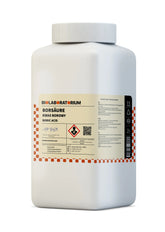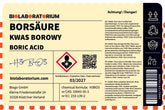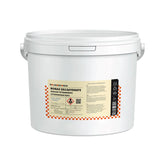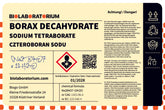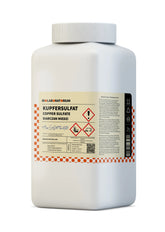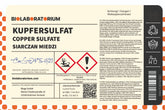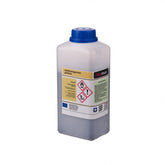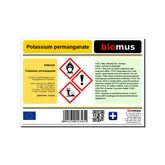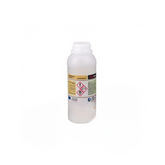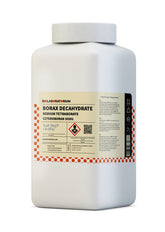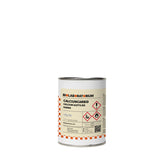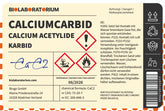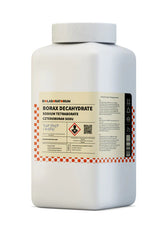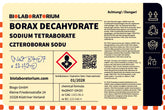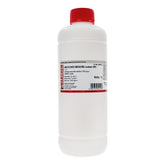Strontium nitrate – Versatile applications and safety aspects
Strontium nitrate, also known as Sr(NO3)2, is an important chemical compound with a wide range of industrial applications. In this blog post, we will take a closer look at the properties, uses, and safety aspects of strontium nitrate.
Properties of strontium nitrate
Strontium nitrate is a crystalline, white salt that is readily soluble in water. It has a molar mass of 211.63 g/mol and a density of 2.99 g/cm³. The melting point is 570 °C, while the boiling point is 645 °C. Strontium nitrate is a strong oxidizing agent and can react vigorously with combustible materials.
Industrial applications of strontium nitrate
Strontium nitrate is used in a variety of industrial sectors:
Pyrotechnics and fireworks
One of the main applications of strontium nitrate is in pyrotechnics and fireworks. Strontium nitrate imparts a characteristic red color to the flame and is therefore frequently used in fireworks.
Ceramics and glass
In the ceramics industry, strontium nitrate serves as an additive to improve the hardness and durability of glasses and ceramics. It is also used in glass manufacturing to achieve special optical properties.
Medicine and pharmacy
In medicine, strontium nitrate is used as a component of X-ray contrast agents. Additionally, it is used in some medications for the treatment of osteoporosis.
Agriculture
In agriculture, strontium nitrate is used as a fertilizer, as it provides strontium as a nutrient for plants.
Other applications
Other applications of strontium nitrate include the production of phosphors, its use as an oxidizing agent in chemical processes, and as a component in fire extinguishers.
Safety aspects of strontium nitrate
Like all oxidizing agents, strontium nitrate must be handled with caution. It can react vigorously with combustible materials and should therefore be kept away from ignition sources and flames. During storage and handling, standard safety measures for chemicals should be observed, such as good ventilation, wearing protective equipment, and complying with fire protection regulations.
Additionally, it should be noted that strontium nitrate, as an oxidizing agent, can also react with organic materials such as wood, paper, or textiles. Therefore, proper waste separation must be ensured during disposal to avoid fire hazards.
Overall, strontium nitrate is a versatile chemical compound with numerous industrial applications. However, specific safety aspects must be considered during handling to minimize risks to humans and the environment.
Conclusion
Strontium nitrate is an important raw material in industry, used in various fields such as pyrotechnics, ceramics, medicine, and agriculture. Due to its properties as an oxidizing agent, handling strontium nitrate requires special safety measures. However, with the right knowledge and appropriate precautions, strontium nitrate can be used safely and efficiently.

